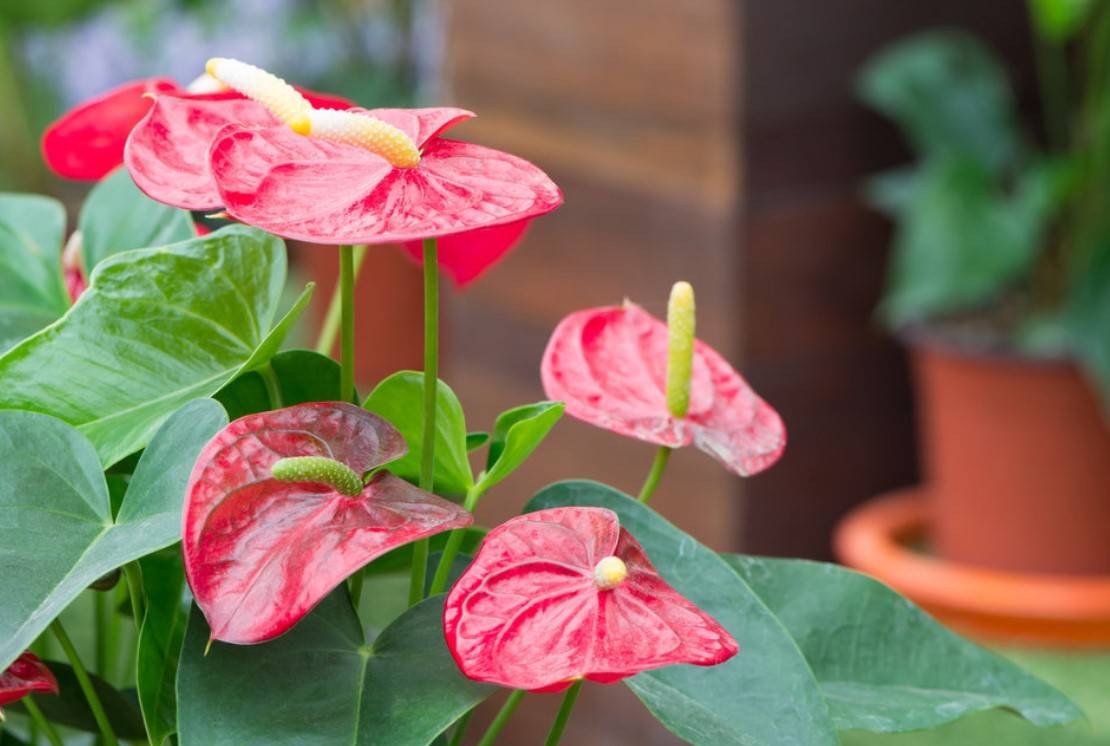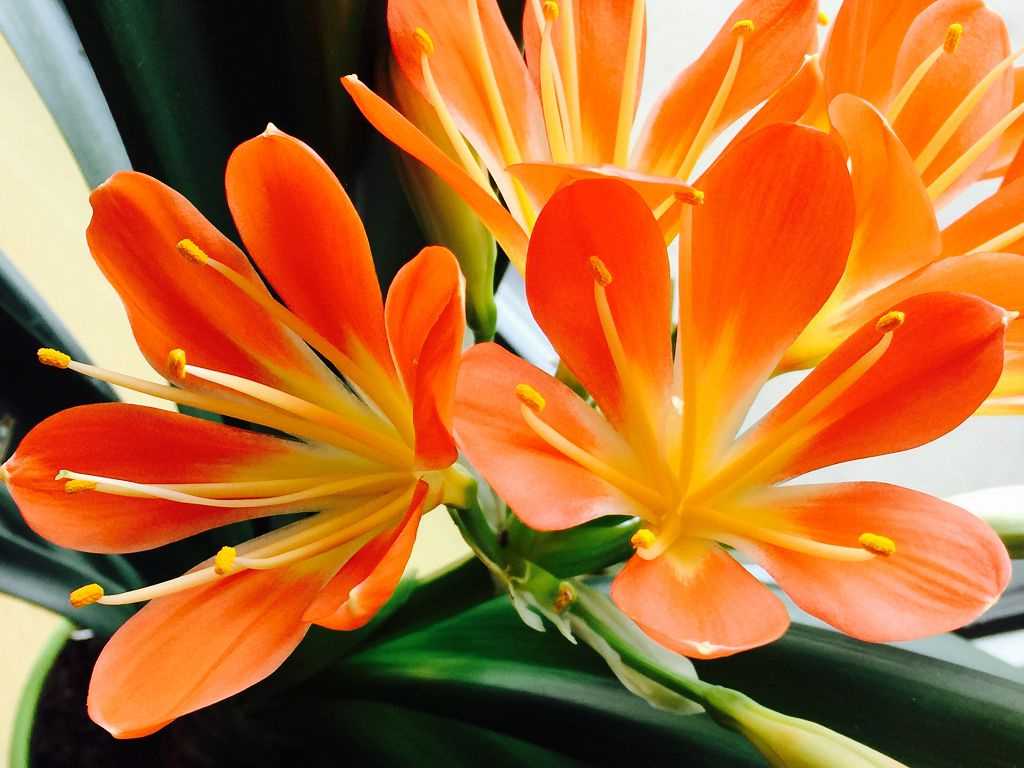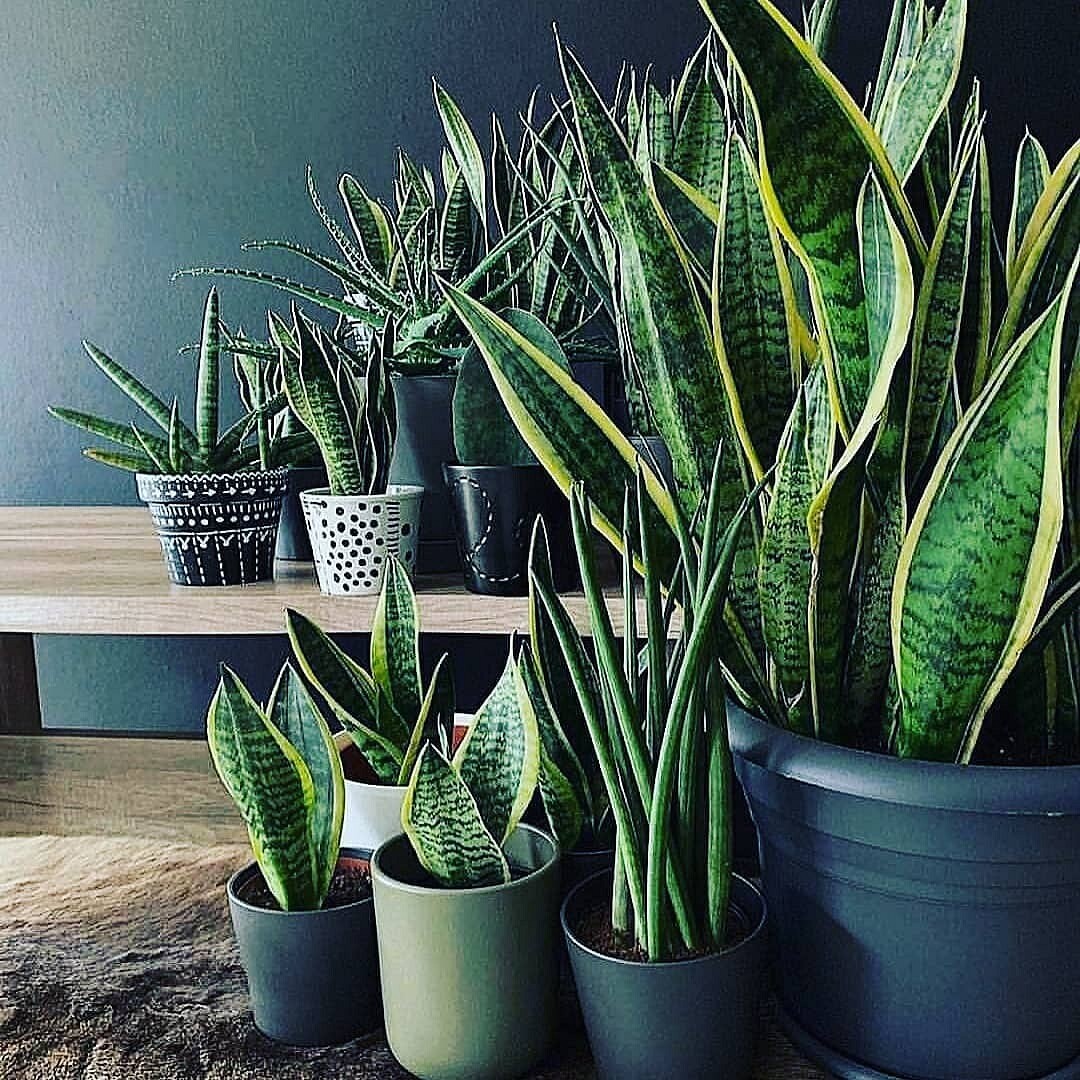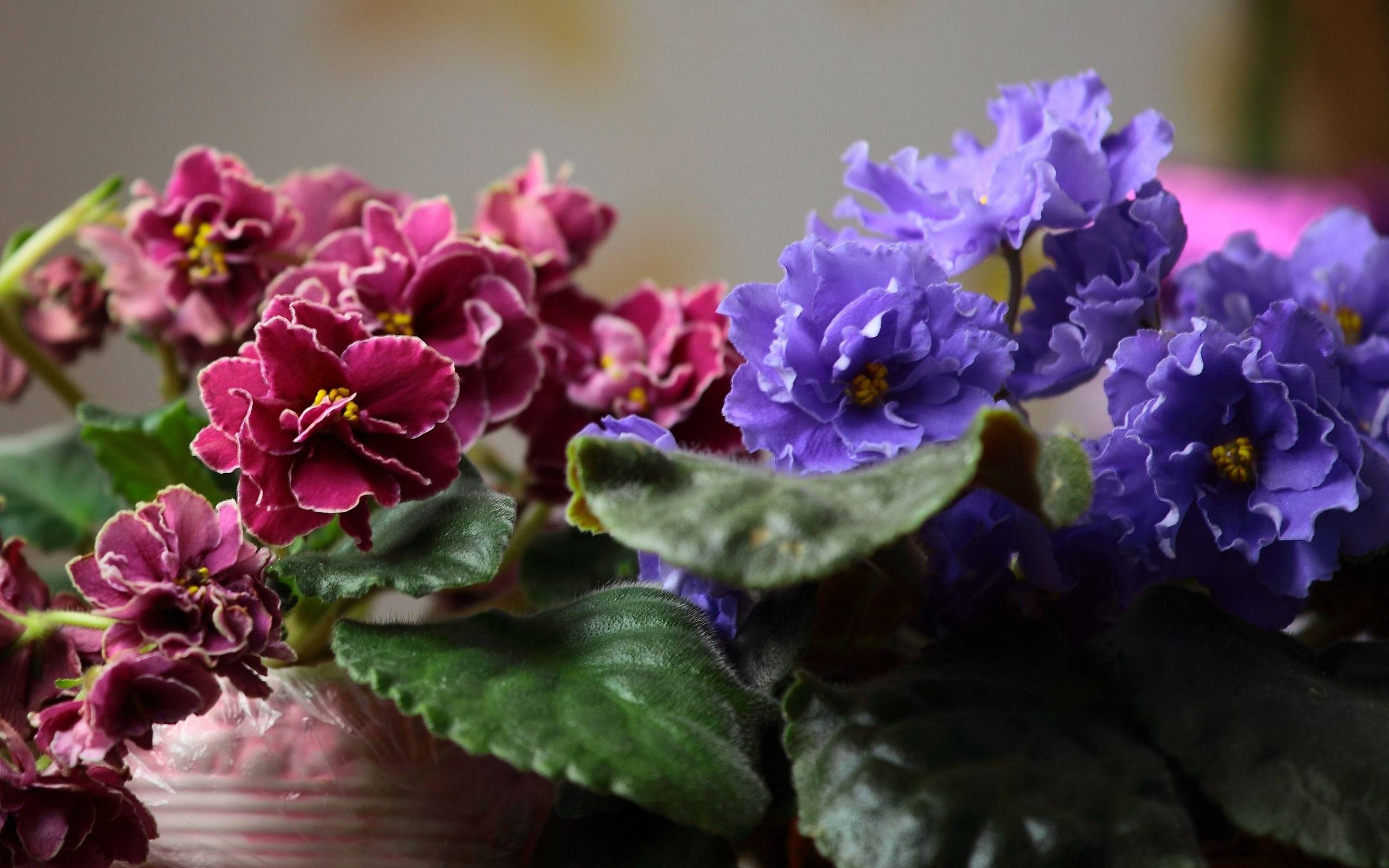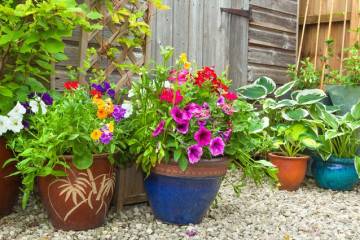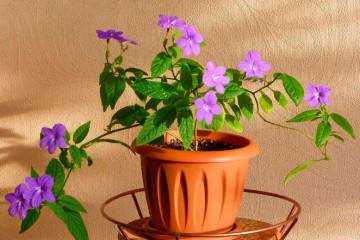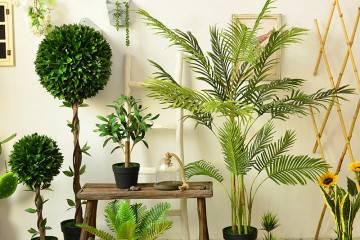Shade-loving indoor plants and shade-tolerant flowers
Content:
Indoor plants can decorate any home or apartment, while cleansing the space and giving the household a good feeling. If the room does not have a large area and there is not enough natural light in it, shade-loving indoor plants come to the rescue. They look no less attractive than their light-loving counterparts: they can be compact or large, bright and modest, blooming or with decorative foliage.
Shade-loving flowering houseplants with names
Indoor flowers that are shade-loving include sciophytes, another name for which sounds like heliophobes. These plants cannot stand direct sunlight, and can only develop in partial shade: only in this case, their foliage will be decorative, and the flowering will be abundant and bright.
There are also exotic species that respond negatively to sunlight. When choosing a place for them, it is recommended to give preference to window sills on the north or west side of the house, shaded corners.
Separately, it should be said about indoor plants that do not bloom, but have decorative foliage of the most different shapes and colors. They lose their attractiveness if they are exposed to direct rays of light.
Anthurium
The culture is quite unpretentious: the plant feels great in partial shade, it needs a temperature of about + 15 ° C, regular, but not excessive watering and maintaining air humidity, and fertilization.
Anthurium looks especially attractive from April to September: at this time, its inflorescences are covered with a dense waxy bloom. In this case, it is extremely important to ensure that sunlight does not fall on the leaf plates of the plant - this can cause burns.
Clivia
It differs from other shade-loving plants in bright and spectacular inflorescences. In the spring, bell-shaped buds open, the color of which can be yellow, orange or deep red.
Clivia's flowering is controlled by how the plant has endured a dormant period in winter. During the cold season, it should be transferred to a cool place, the temperature should not be higher than +12 degrees. You also need to reduce the volume and frequency of watering, stop the introduction of nutrients. In winter, do not repot or move the flower.
Vriezia
This bright representative of the Bromeliad family is characterized by the presence of a high, up to 70 centimeters, inflorescence, crowned with bracts. Lush flowering of a shade-tolerant indoor plant is possible only if a stable warm temperature is maintained - from +18 to +26 degrees, as well as regular moistening of the soil and a high level of air humidity.
Saintpaulia or Usambara violet
Experts say that Saintpaulia is the most common flowering plant.In order for the violet to grow and develop normally in partial shade, a number of other factors will have to be taken into account. These include, for example, high air humidity and temperatures from +20 to +25 ° C.
In the wild, the flower is found in Tanzania. It was opened by Baron Walter von Saint-Paul (which is why the plant got its name). Depending on the variety, the flowers of the uzambar violet can have a very different shape: there are stars, bells, wasps. Terry also depends on the variety: violets can be semi-double, double or non-double.
The diameter of the opened flower can be from 6 to 40 centimeters. It all depends on whether the outlet is miniature, semi-miniature or standard size.
Shade-loving indoor plants for the hallway
Ideal for a hallway where there is no direct sunlight - ornamental deciduous plants. They usually either do not bloom at all, or have small and unattractive buds. But their foliage is bright and original.
Sansevieria
Florists call this plant a pike tail, snake skin. Another name is mother-in-law's language. Sansevieria differs from other plants in strict lines. It should be noted that in terms of its shade tolerance and undemanding conditions of keeping, this indoor pet can be compared with chlorophytum. At the same time, the plant is equally comfortable both in bright daylight and in the shade.
Sansevieria looks very impressive: when flowering, it throws out inflorescences-candles of white and yellow shades. There are specimens with an original pattern on leaf plates, but in deep shade they can fade.
Ferns
An excellent option for the hallway is ferns. Their variety allows you to choose the ideal option for both office space and home. Despite the fact that ferns do not bloom, they bring a sense of freshness and comfort to the space. At the same time, ferns grow well even in a shady location. The main thing is that the soil and air are sufficiently moist.
Fat woman
Also referred to as a money tree, this plant cannot fully develop in deep shade - it is comfortable for it only in low light conditions. Like other succulents, it likes diffused daylight, sparse and moderate watering.
Ficus
This houseplant is quite delicate, and therefore it is strictly forbidden to place it directly under the sun's rays. Ficuses are able to purify indoor air by filling it with oxygen.
The plant likes well-ventilated rooms, where there is no draft. The optimum temperature in summer is no more than 25-30 ° C, in winter this figure can be about 15-20 ° C. It is advisable to water the plant not only with settled, but also heated water. At the same time, watering should be moderate: too much moisture can destroy the culture.
This shade-loving indoor flower can be placed in the bedroom. In folk medicine, ficus is used as a remedy for various female pathologies, contributes to the early elimination of bronchitis.
Esotericists call ficus one of the most useful plants for the home. It is believed that he is able to protect the family from quarrels and conflicts, this is a real family amulet that helps build relationships between household members.
Sheflera
Sheflera is a lush, branched bush with flexible, graceful shoots. Feels comfortable in the shade, but you can place it in the sun for several hours a day.In this case, the pattern on the fleshy leaves will be more pronounced. If desired, you can strengthen the branching of the sheflers, for this you need to pinch the tips of the branches.
Caring for this shade-loving home flower is quite simple: you need to spray the foliage from time to time, maintain the temperature at +12 to +20 ° C.
Curly shade-loving indoor plants
You can decorate the space and create original compositions with the help of vines and plants that curl. You can grow them in pots, hanging pots and even baskets - ampelous plants will hang decoratively and create bizarre compositions.
Philodendron climbing
This plant responds equally negatively to both deep shadow and direct sunlight. It is for this reason that flower growers recommend placing it in semi-shaded areas of the house. During the growing season, the philodendron needs abundant and frequent watering; in winter, it is recommended to reduce the amount of moisture.
Tradescantia
Different types of this ampelous plant differ from each other in the color of the leaves - they can be rich green or purple, they may have pale green or silver stripes. The shape of the leaf plates is lanceolate.
In order to fully enjoy the decorativeness of Tradescantia, it is necessary to place it either in partial shade or in a place where daylight is scattered. Another important condition is a sufficient level of moisture.
Cissus
Cissus is ideal for decorating large spaces. The fact is that this plant grows rapidly. Separately, it should be said about the variety of varieties, thanks to which growers will always be able to experiment: leaf plates can be large or small, leathery and delicate, whole and dissected.
Features of shade-loving plants
The main feature of decorative flowers that love shade in an apartment is that they lose their decorative effect when they are in direct sunlight. They should spend at least half of the day in partial shade or shade. Otherwise, the color of the leaf plates fades, growth and development slow down, burns may appear from direct rays of the sun.
Shade-loving indoor plants under the influence of sunlight can begin to dry out, because there is less moisture in the air and soil.
Dracaena: light-loving or shade-tolerant
This tree-like plant is distinguished by contrasting coloration of long and narrow leaves. Depending on the variety of dracaena, it can grow from 70 centimeters to three meters. To maintain all decorative characteristics, the plant should be provided with partial shade or diffused light. Dracaena also needs regular hydration.
Ficus: light-loving or shade-loving plant
This plant from the Mulberry family, which is popular with flower growers, may have large or small foliage. In this case, varieties with a green mass of a dark shade can be placed in the shade, but variegated ficuses need a lot of sunlight. Moreover, any plant species needs protection from soil hypothermia and drafts.
Violets: light-loving or shade-loving
The direct sun is the main enemy of violets. These delicate flowers require diffused light to develop, otherwise the leaves may fade, flowering will stop, and burns will appear.
Also, violets do not like heat - it is for this reason that they should be placed at a distance of about three meters from the window. At the same time, in winter, you can briefly transfer the plant closer to the light, for example, put it on the windowsill for an hour or two.
Kalanchoe: light-loving or shade-loving
Those flower growers who prefer flowering crops, but do not want to spend a lot of time caring for them, should pay attention to the Kalanchoe. This indoor flower feels great in the shade. He can do without watering for a whole month - however, this negatively affects flowering. On warm weather days, you can put the Kalanchoe on the windowsill, not forgetting to shade it from direct sunlight.
Indoor flowers that love shade and are undemanding in care can find a place for themselves in any part of the house, even in a dark hallway where there are no windows at all. All year round, they will delight their owner, and this despite the fact that sunlight may be absent. It remains only to choose which plant is needed in the house.
